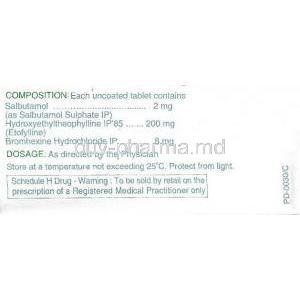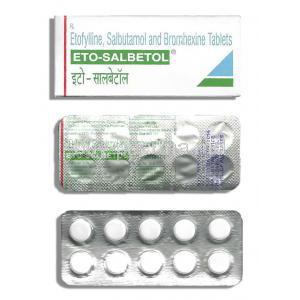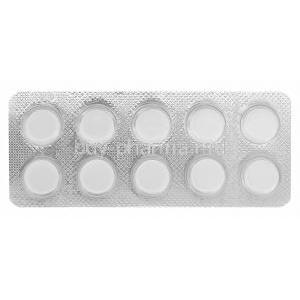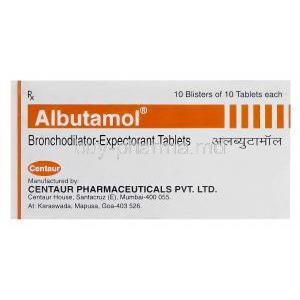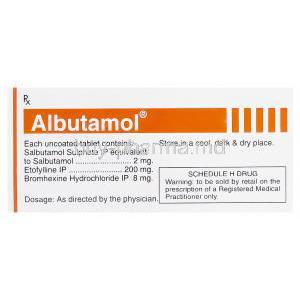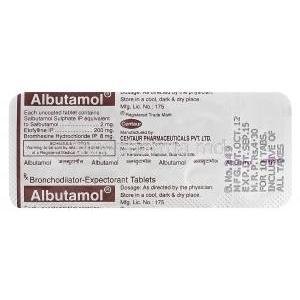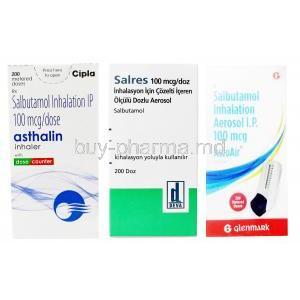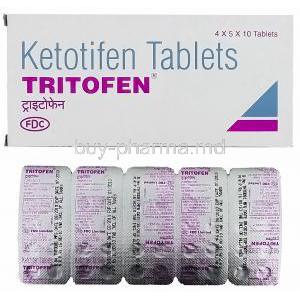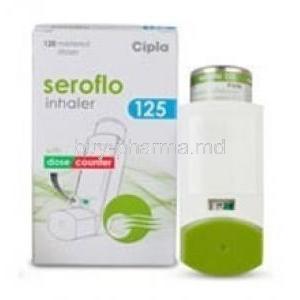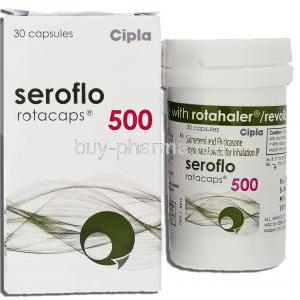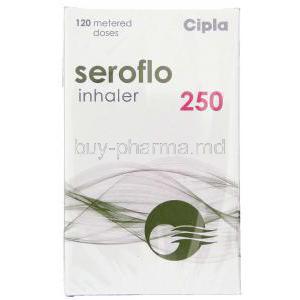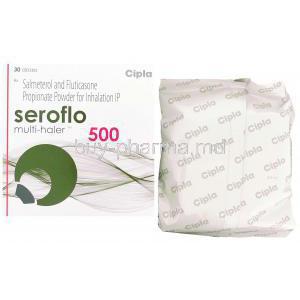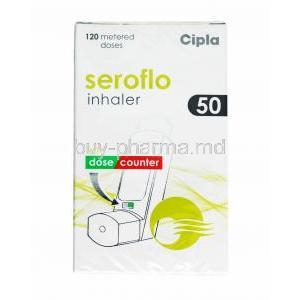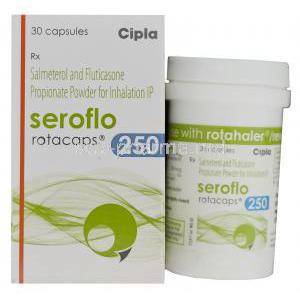Salbutamol/ Etofylline/ Bromhexine
- Introduction to Salbutamol, Etofylline, and Bromhexine Combination
- Composition
- Mechanism of Action of Salbutamol, Etofylline, and Bromhexine
- Approved Medical Uses and Indications
- Off-Label Uses and Investigational Applications
- Dosage Guidelines and Administration Instructions
- Storage Conditions and Shelf Life
- Common Side Effects Associated with the Combination
- Serious Side Effects and Adverse Reactions
- Drug Interactions and Cautionary Combinations
- Contraindications for Use of Salbutamol, Etofylline, and Bromhexine
- Important Warnings and Safety Alerts
- Guidelines for Careful Administration and Risk Mitigation
- Special Precautions for Administration to Elderly Patients
- Administration Considerations for Pregnant Women and Nursing Mothers
- Pediatric Use: Safety and Dosage in Children
- Overdose Risks, Symptoms, and Emergency Management
- Handling Precautions and Safe Use Practices
Introduction to Salbutamol, Etofylline, and Bromhexine Combination
This fixed-dose combination brings together three pharmacologically distinct but synergistic agents: Salbutamol, Etofylline, and Bromhexine. Each ingredient plays a critical role in managing respiratory conditions by targeting different pathological aspects bronchoconstriction, inflammation, and mucus retention.
Salbutamol acts as a bronchodilator, providing rapid relief from bronchospasm. Etofylline, a xanthine derivative, complements this by relaxing airway smooth muscles and exhibiting mild anti-inflammatory effects. Bromhexine, a mucolytic agent, helps dissolve and expel thick mucus that obstructs breathing pathways.
These agents are often combined in clinical settings to manage multifactorial respiratory disorders such as asthma, COPD, and bronchitis, particularly where mucus plugging and airway hyperresponsiveness coexist.
Composition
The typical combination includes:
- Salbutamol (2 mg-4 mg)
- Etofylline (50 mg-100 mg)
- Bromhexine hydrochloride (4 mg-8 mg)
Formulations vary by manufacturer and may be available as:
- Oral tablets and capsules
- Pediatric and adult syrups
- Injectable solutions (in select clinical scenarios)
Pharmacologically, Salbutamol is a β2-adrenergic agonist, Etofylline is classified under methylxanthines, and Bromhexine is a benzylamine mucolytic.
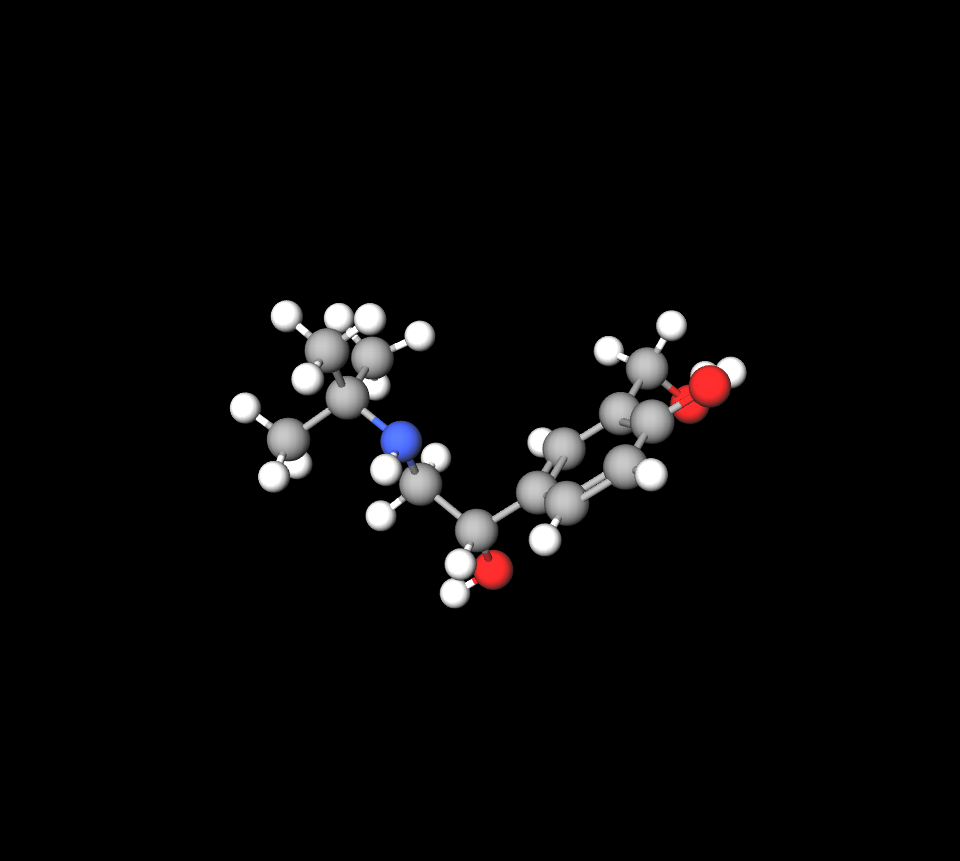
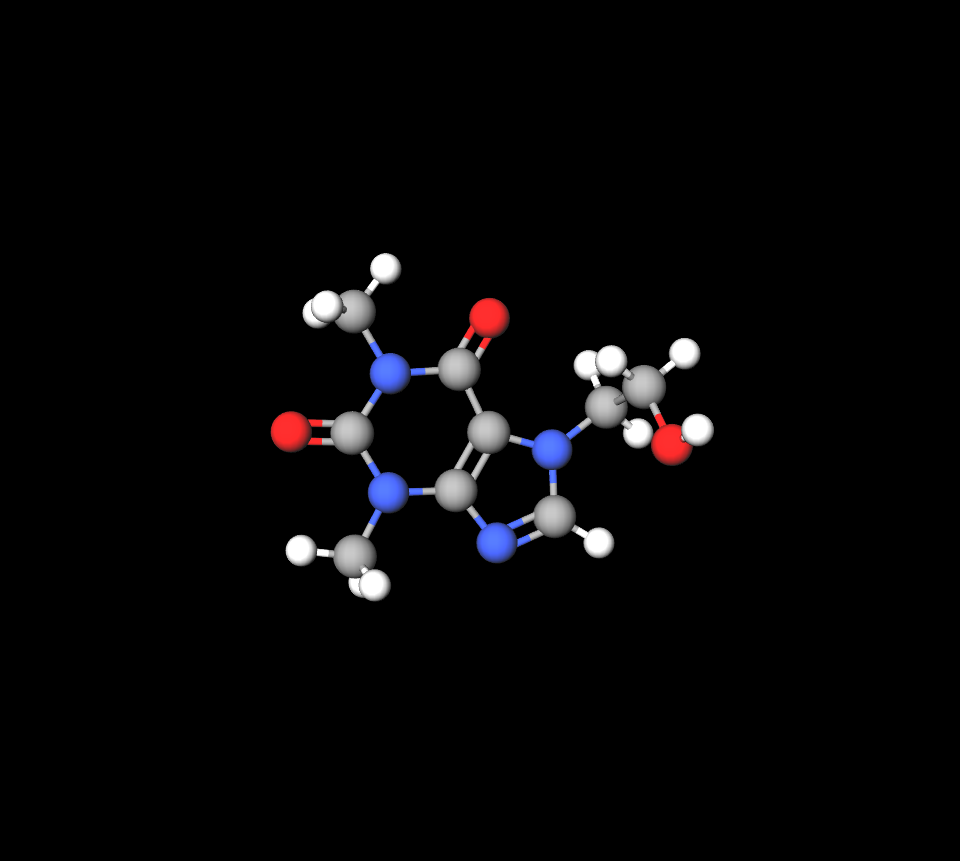
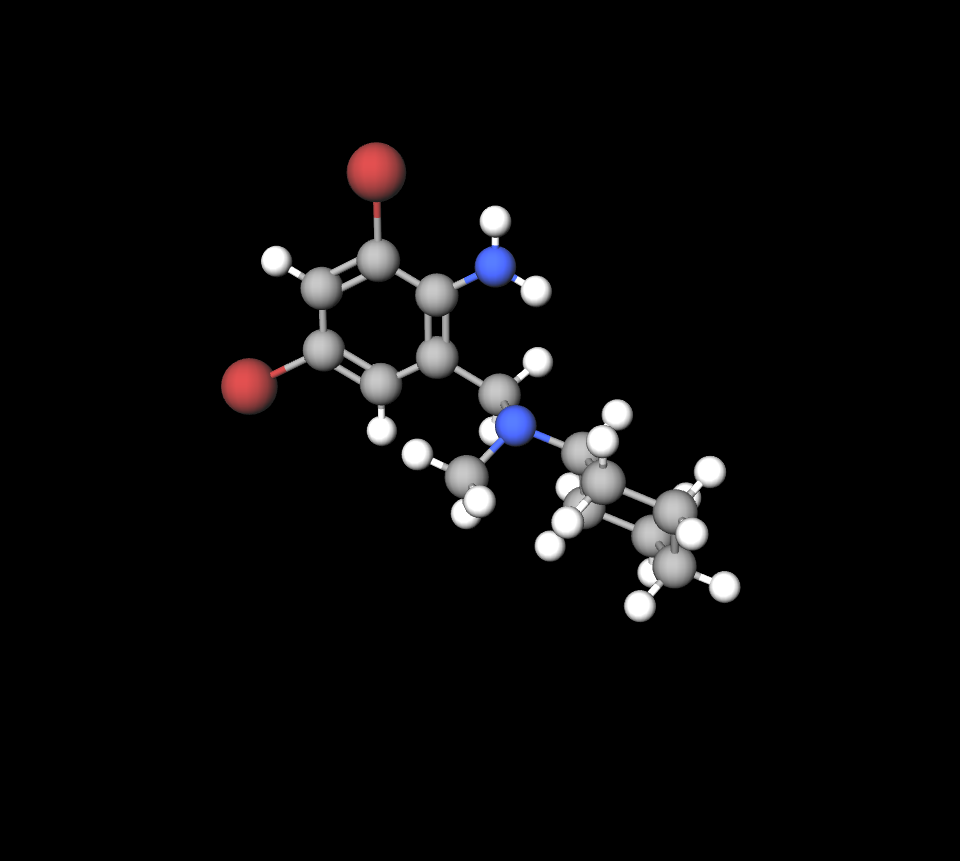
Salbutamol guaifenesin
The mixture of salbutamol and guaifenesin aims to alleviate breathing difficulties and enhance lung function by targeting conditions, like asthma and chronic bronchitis, that involve airway constriction and excessive mucus production.
Salbutamol vs clenbuterol
Salbutamol led to gains in muscle mass and protein levels. It showed slight improvements in overall carcass protein content when compared to clenbuterol.
Ventolin vs salbutamol
Salbutamol is the term for the relief medicine found in Ventolin.
Etofylline theophylline
Theophylline and Etofylline are medications commonly prescribed for managing asthma and chronic obstructive pulmonary disease (COPD). These drugs function by loosening muscles and expanding the air passages in the lungs to facilitate breathing.
Bromhexine N-acetylcysteine
Bromhexine directly affects the structure of mucus by breaking it down; on the other hand, acetylcysteine reduces the thickness of mucus.
Bromhexine hydrochloride vs phenylephrine hydrochloride
Bromhexine acts as an agent by thinning and loosening mucus to facilitate cough removal, while Phenylephrine functions as a decongestant by constricting blood vessels in the passages to relieve congestion and stuffiness.
Bromhexine vs guaifenesin
Bromhexine works to loosen mucus in the airways as an agent. On the other hand, guaifenesin functions as an expectorant to help ease mucus in the passages.
Mechanism of Action of Salbutamol, Etofylline, and Bromhexine
Salbutamol: Stimulates β2-adrenergic receptors in the bronchial smooth muscle, triggering cyclic AMP production and resulting in muscle relaxation and bronchodilation.
Etofylline: Inhibits phosphodiesterase, leading to increased cyclic AMP and smooth muscle relaxation. It also has mild anti-inflammatory properties and improves mucociliary clearance.
Bromhexine: Enhances lysosomal activity within mucous glands, promoting the breakdown of acidic mucopolysaccharide fibers. This reduces sputum viscosity, facilitating expectoration.
Their combined action leads to unobstructed airflow, decreased respiratory effort, and improved gas exchange in compromised lungs.
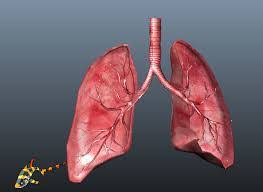
Approved Medical Uses and Indications
This combination is approved for the management of a range of respiratory illnesses, including:
- Acute bronchitis with productive cough
- Chronic bronchitis with obstructive components
- Bronchial asthma for symptomatic relief of bronchospasm
- Chronic Obstructive Pulmonary Disease (COPD)
- Emphysema with mucus hypersecretion and airflow limitation
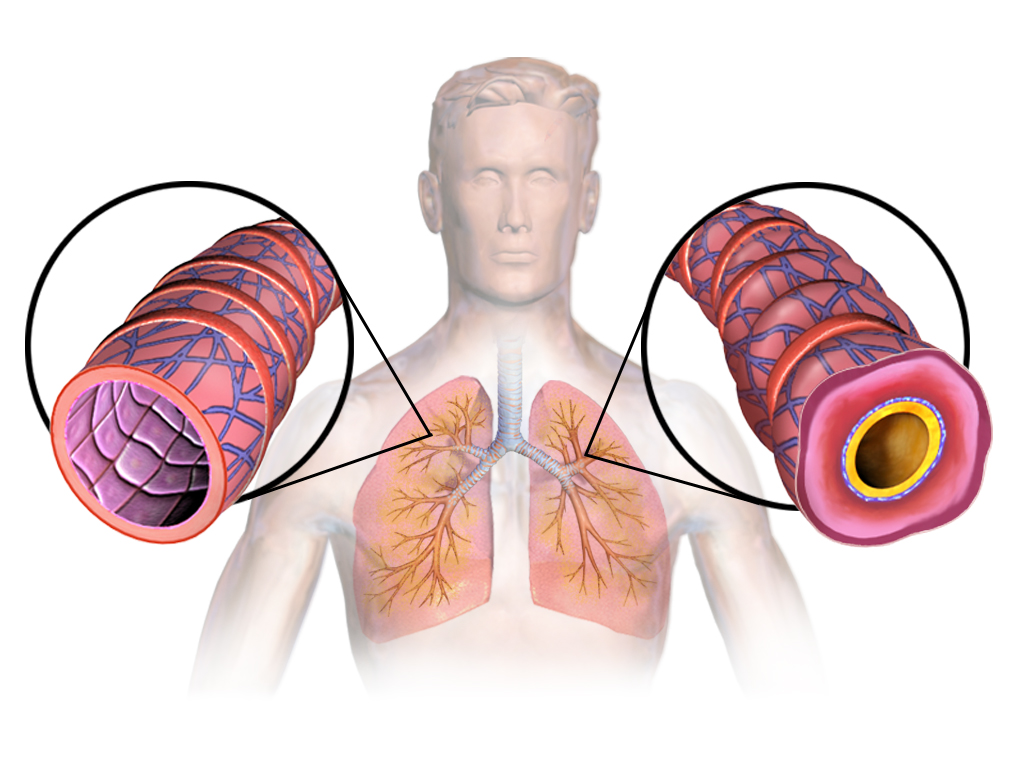
Off-Label Uses and Investigational Applications
Though not officially indicated, clinicians sometimes use this combination for:
- Managing pediatric viral bronchiolitis to relieve airway obstruction
- Post-infectious cough, especially where mucus accumulation persists
- Chronic cough associated with post-nasal drip syndrome
These applications are based on symptom relief and clinical judgment, especially when other treatments prove inadequate.
Dosage Guidelines and Administration Instructions
Dosage varies by age, formulation, and severity of condition:
- Adults (Tablets): 1 tablet 2-3 times daily after meals
- Children (Syrup): Dosage based on weight; typically 5-10 mL 2-3 times daily
Parenteral administration is reserved for hospital settings. Dose titration may be required for those with hepatic or renal impairment.
Patients should be advised not to exceed prescribed dosages due to the risk of systemic side effects.
Storage Conditions and Shelf Life
- Store below 25°C in a dry, well-ventilated area
- Keep away from direct sunlight and moisture
- Refrigeration not required unless specified
- After opening liquid formulations, use within 30 days
Ensure medications are stored out of children's reach and in original containers to preserve stability.
Common Side Effects Associated with the Combination
Most adverse reactions are mild and transient:
- Gastrointestinal: Nausea, dry mouth, or indigestion
- Neurological: Headache, dizziness, tremors
- Respiratory: Mild coughing, throat irritation
- Cardiovascular: Palpitations, slight increase in heart rate
Symptoms often subside with continued use or dosage adjustment.

Serious Side Effects and Adverse Reactions
Severe reactions, while uncommon, may include:
- Cardiac arrhythmias or angina-like symptoms
- Central nervous system hyperactivity: anxiety, insomnia
- Electrolyte imbalance, especially hypokalemia
- Hypersensitivity reactions: urticaria, bronchospasm, anaphylaxis (rare)
Medical consultation is recommended at the first sign of serious adverse effects.
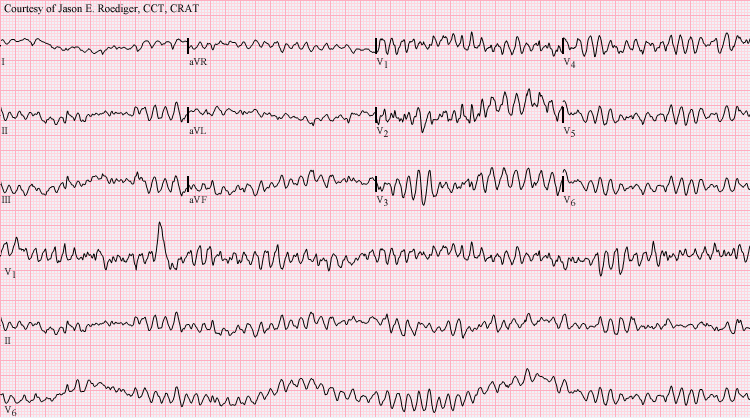
Drug Interactions and Cautionary Combinations
Caution is advised when co-administering with:
- Non-selective beta-blockers (e.g., propranolol) may antagonize bronchodilatory effect
- Other xanthines risk of additive toxicity and CNS stimulation
- Anticholinergic agents possible reduction in mucolytic efficacy
- Monoamine oxidase inhibitors (MAOIs) and tricyclic antidepressants increased cardiovascular risk
Patients should disclose all concurrent medications to their healthcare provider to avoid contraindicated combinations.
Contraindications for Use of Salbutamol, Etofylline, and Bromhexine
This fixed-dose combination should not be administered in specific clinical scenarios where the risk of adverse outcomes outweighs potential benefits. Absolute contraindications include:
- Hypersensitivity: Individuals with known allergy to Salbutamol, Etofylline, Bromhexine, or any excipient present in the formulation must avoid its use.
- Severe Cardiac Arrhythmias or Recent Myocardial Infarction: The sympathomimetic and xanthine components may exacerbate cardiac excitability and compromise recovery.
- Peptic Ulcer Disease: Etofylline may irritate the gastric lining, worsening pre-existing ulcers or causing gastrointestinal bleeding.
- Uncontrolled Seizure Disorders: Etofylline can lower the seizure threshold and precipitate convulsions in vulnerable patients.

Important Warnings and Safety Alerts
Several clinically significant risks are associated with long-term or inappropriate use of this combination therapy. These include:
- Paradoxical Bronchospasm: In rare cases, salbutamol may paradoxically worsen bronchoconstriction. Discontinuation is warranted if this occurs.
- Cardiovascular Monitoring: Patients with ischemic heart disease, arrhythmias, or hypertension require routine cardiac assessments during therapy.
- Metabolic Disorders: Use cautiously in diabetics due to risk of hyperglycemia, and in hyperthyroid patients who may exhibit heightened sensitivity to stimulants.
- Xanthine Toxicity: With prolonged Etofylline use, hepatotoxicity, nausea, and CNS side effects should be closely monitored.

Guidelines for Careful Administration and Risk Mitigation
To minimize adverse outcomes and enhance therapeutic efficacy, the following administration guidelines should be followed:
- Gradual Dose Escalation: Initiating therapy at the lowest effective dose and titrating slowly can help assess tolerance and reduce systemic burden.
- Cardiac Monitoring: Periodic ECGs are recommended for elderly patients or those with pre-existing cardiovascular disease.
- Liver Function Surveillance: Monitor liver enzymes during long-term use, especially with concurrent hepatotoxic drugs.
- Tapering Protocols: Abrupt cessation after chronic administration may lead to symptom rebound or physiological destabilization; gradual withdrawal is advised.
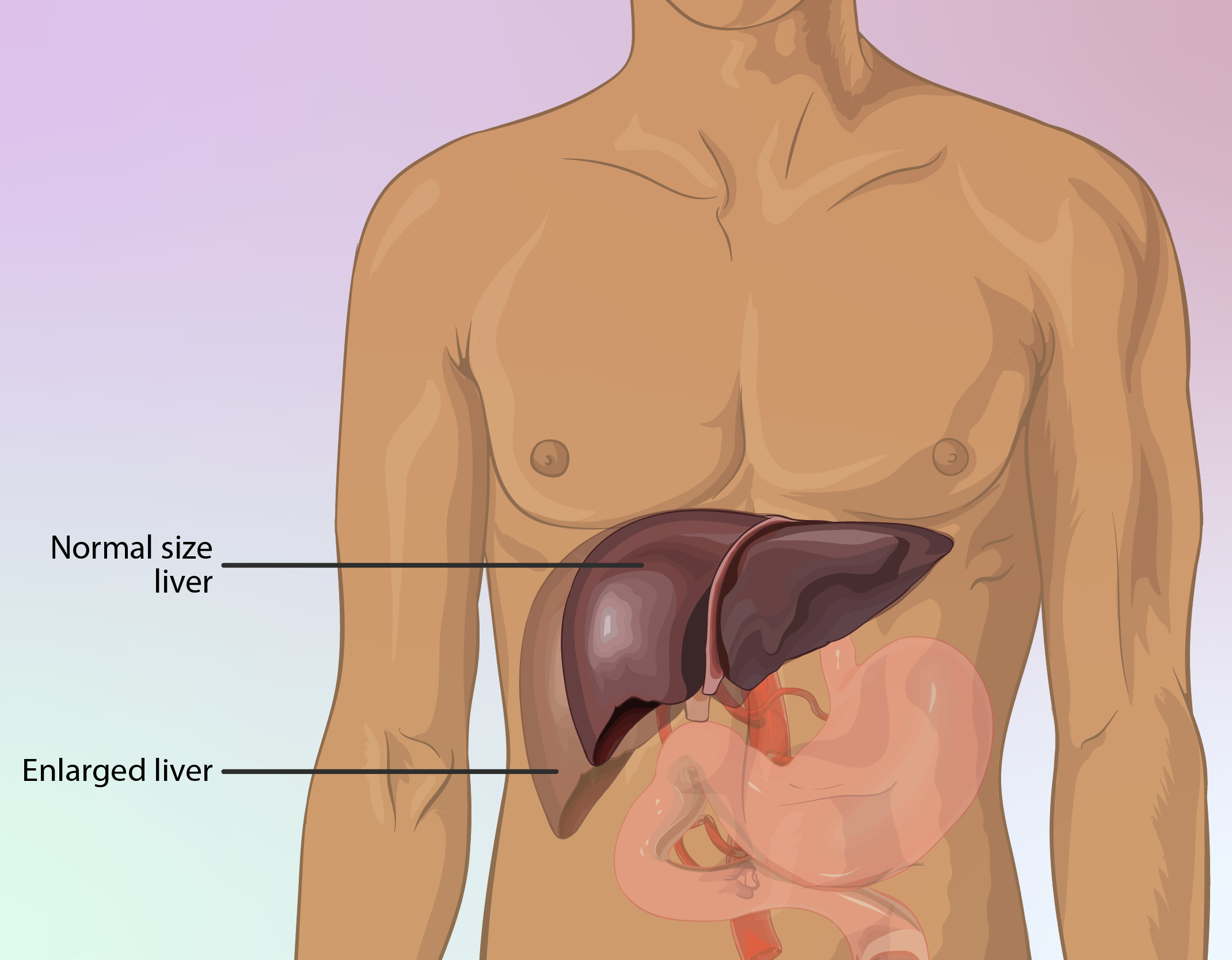
Special Precautions for Administration to Elderly Patients
Elderly individuals present altered pharmacodynamics and pharmacokinetics, requiring extra caution:
- Age-Related Changes: Reduced renal clearance and hepatic metabolism can increase plasma drug levels.
- Xanthine Sensitivity: Enhanced susceptibility to Etofylline-induced nausea, insomnia, and tremors must be anticipated.
- Cardiac Excitability: Heightened risk of arrhythmias due to Salbutamol and Etofylline action.
- Dose Adjustments: Start with reduced doses and monitor clinical response carefully.
Administration Considerations for Pregnant Women and Nursing Mothers
Due to limited safety data and potential risks, use in pregnancy and lactation should be approached with caution:
- FDA Pregnancy Category C/D: Salbutamol and Etofylline may cause fetal cardiovascular or neurological effects in animal studies; use only if clearly indicated.
- Fetal Safety Concerns: Potential for tachycardia, CNS stimulation, and low birth weight.
- Breastfeeding Risks: Active ingredients may pass into breast milk, possibly leading to irritability or feeding issues in neonates.
- Risk-Benefit Evaluation: Administer only when maternal benefit justifies potential fetal or neonatal exposure.

Pediatric Use: Safety and Dosage in Children
Children require age- and weight-specific dosing due to their distinct physiological profile:
- Pediatric Dosage: Syrup formulations allow precise weight-based adjustments for infants and toddlers.
- CNS Stimulation: Risk of excitability, restlessness, or insomnia in sensitive children.
- Hypersensitivity Surveillance: Monitor closely for allergic reactions, especially in first-time users.
- Formulation Preference: Syrups are preferred for children under 12 years for ease of administration and dose accuracy.
Overdose Risks, Symptoms, and Emergency Management
Overdosing on this combination can provoke serious, life-threatening complications:
- Symptoms: Palpitations, nausea, vomiting, CNS agitation, hypokalemia, tremors, and severe tachycardia.
- Immediate Management: Stop drug intake, ensure airway support, and initiate symptomatic therapy.
- Electrolyte Monitoring: Replenish potassium and magnesium as needed, particularly in arrhythmia-prone patients.
- Decontamination: Activated charcoal and gastric lavage may be employed in early-stage overdose (within 1â2 hours).
Handling Precautions and Safe Use Practices
Proper handling and storage practices are essential to ensure safety and drug efficacy:
- Storage: Keep in a cool, dry place below 25°C; avoid refrigeration unless specified.
- Child Safety: Store out of reach of children and pets to prevent accidental ingestion.
- Avoid Contamination: Use clean utensils or calibrated syringes for liquid dosing; recap bottles tightly after each use.
- Disposal: Dispose of expired or unused medication in accordance with local pharmaceutical waste guidelines.
- Label Awareness: Read all package inserts and warning labels; educate patients about dosage, side effects, and emergency signs.
Salbutamol/ Etofylline/ Bromhexine FAQ
- What is the use of albutamol tablet?
- Is salbutamol the same as albutamol?
- What is salbutamol used for?
- What are the main uses of salbutamol?
- Can salbutamol be used for dry cough?
- Who should not take salbutamol?
- How many times should I take salbutamol tablets?
- Is salbutamol safe for the kidneys?
- What is the main side effect of salbutamol?
- Can you take cetirizine and salbutamol?
- How fast does salbutamol work?
- Can I take salbutamol on an empty stomach?
- Is salbutamol safe for heart?
- What is the use of Etofylline?
- What is the difference between theophylline and Etofylline?
- What is the drug theophylline used for?
- What is the mechanism of action of Etofylline?
- What class is Etofylline?
- What is bromhexine medicine used for?
- Is bromhexine good for coughing?
- Who should not take bromhexine?
- What is the difference between salbutamol and bromhexine?
- Is bromhexine a mucolytic?
- Can I take bromhexine on an empty stomach?
What is the use of albutamol tablet?
Albutamol Plus Tablet is prescribed to manage asthma and chronic obstructive pulmonary disorder (COPD), a condition that restricts airflow to the lungs. It works by soothing the muscles in the airways to facilitate breathing and alleviate symptoms like coughs, wheezes, and breathlessness.
Is salbutamol the same as albutamol?
Albuterol is a medication that goes by the name of salbutamol and has been approved by the U.S Food and Drug Administration (FDA). It's used to manage and prevent serious bronchospasms in individuals with obstructive airway conditions such as exercise-induced bronchospasm.
What is salbutamol used for?
Salbutamol is prescribed to alleviate asthma and chronic obstructive pulmonary disease (known as COPD), helping with symptoms like coughing and difficulty breathing.
What are the main uses of salbutamol?
Salbutamol is commonly prescribed to alleviate asthma and chronic obstructive pulmonary disease (known as COPD) symptoms like coughing and difficulty breathing.
Can salbutamol be used for dry cough?
Yes
Who should not take salbutamol?
People with an allergic reaction to salbutamol
How many times should I take salbutamol tablets?
For relief tablets, take 2 to 1 mg three to four times a day. Adjust as needed up to a maximum of 8 mg three to four times daily based on tolerance levels. For extended-release tablets, consume 4-8 mg every twelve hours.
Is salbutamol safe for the kidneys?
Yes
What is the main side effect of salbutamol?
muscle pain or weakness, muscle cramps, or an irregular or more noticeable heartbeat
Can you take cetirizine and salbutamol?
Yes
How fast does salbutamol work?
The effects of the treatment typically start to show after 10 to 15 minutes with the strongest impact experienced within 30 minutes.
Can I take salbutamol on an empty stomach?
Yes
Is salbutamol safe for heart?
Yes
What is the use of Etofylline?
Control of asthma and chronic obstructive pulmonary disease (known as COPD).
What is the difference between theophylline and Etofylline?
Etofylline is a derivative of theophylline.
What is the drug theophylline used for?
Theophylline is often combined with medications to manage the symptoms of asthma and various lung conditions, like bronchitis and emphysema.
What is the mechanism of action of Etofylline?
Etofylline works by blocking phosphodiesterase enzymes. It also opposes receptor actions and boosts activity in the nervous system. Additionally, it has a water-reducing effect.
What class is Etofylline?
Xanthines
What is bromhexine medicine used for?
Bromhexine is commonly used as a medication to help with conditions that involve the presence of excessive mucus or phlegmy secretions.
Is bromhexine good for coughing?
Yes
Who should not take bromhexine?
Patients with a history of gastric ulceration
What is the difference between salbutamol and bromhexine?
Salbutamol helps open up constricted airways while Bromhexine thins out coughs.
Is bromhexine a mucolytic?
Yes
Can I take bromhexine on an empty stomach?
Yes


